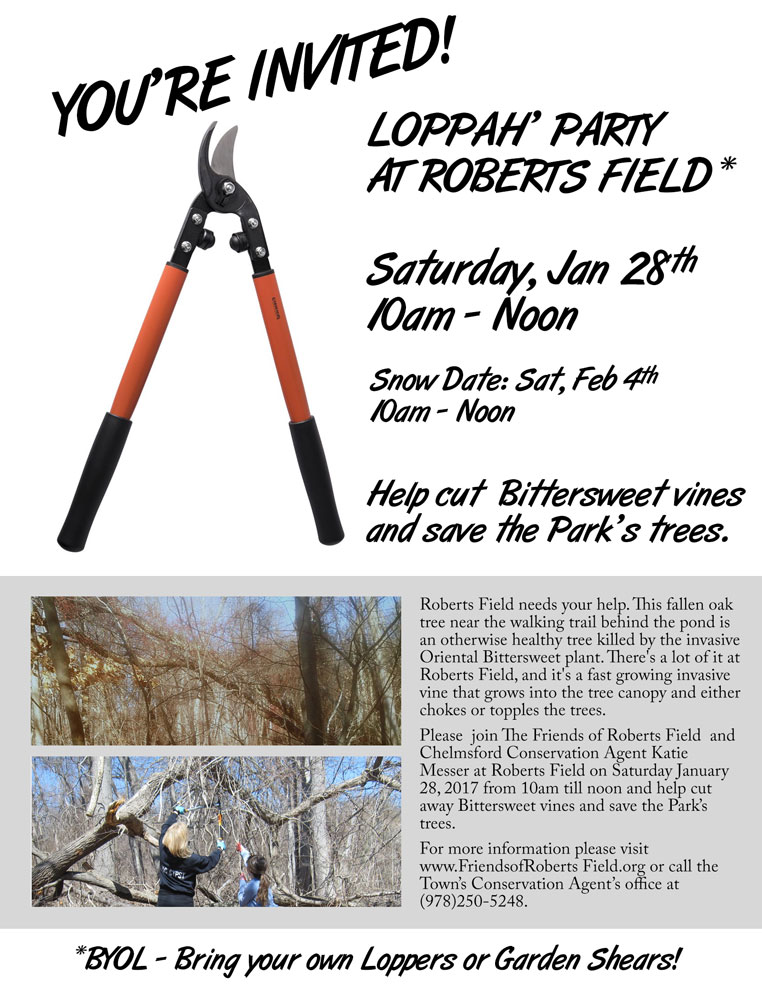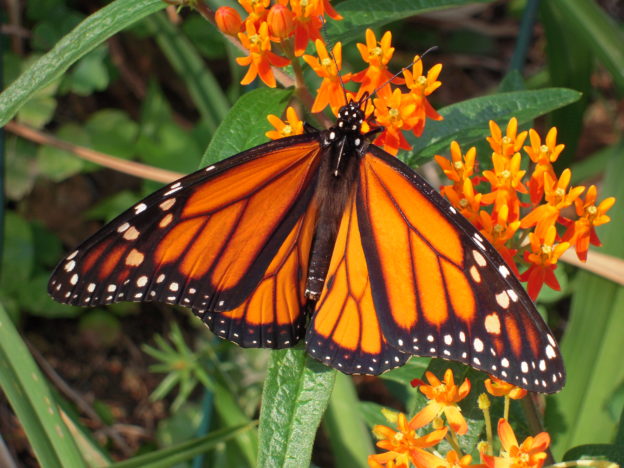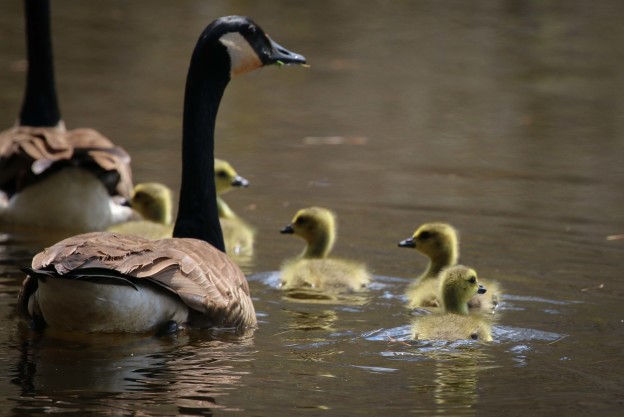Known mainly for its little-league baseball fields and Friendship Park playground, Roberts Field is now a Chelmsford park designated to the protection and enjoyment of nature.
The newly adopted Roberts Field Habitat and Trail Maintenance Plan is designed to preserve, restore and enhance the natural areas of the park. These areas include its pond, wetland and forested areas, and most recently, Pollinator Park, a certified-wildlife habitat.
The guiding principle of the Plan is to provide people with safe access to experience the natural areas of the park, while conserving the habitat of the resident wildlife. Roberts Field features a one-mile nature walking trail and is home to a healthy diversity of wildlife including many species of birds, insects, frogs, fish, snakes, turtles, birds, deer, squirrels, chipmunks, rabbits, bats and more.
The Plan sets out to enhance wildlife habitats by creating “snags” (standing dead or dying trees that pose no threat to person or property), building small brush piles, adding species-appropriate nesting boxes, and increasing the variety of native grasses, and flowering and fruiting plants in the park. To improve the park’s ecosystem, the Plan calls for the removal of noxious invasive plants like bittersweet, autumn olive and poison ivy, while increasing the variety of beneficial native plants like goldenrod and milkweed. The Plan also calls for regular upkeep of the walking trails to guard against erosion and to ensure they are safe and enjoyable.
Cori Rose, a Wetland Scientist and wildlife garden designer, believes that it is important to provide a variety of nesting places and food sources for pollinators (animals that assist plants in reproduction such as bats, bees, beetles, birds and butterflies) and points out that pollinators are in decline. “With habitat loss from suburban development, exotic invasive plant competition, overuse of pesticides, and the shifting climate, native plants that many of these animals rely upon are being wiped out. Loss of these populations could be catastrophic to agricultural food production and the health of our environment.” However, Rose notes that recent research, including a 2006 report from the National Academy of Sciences provides evidence of the value that suburban greenways, community gardens and park conservation programs can have for wild pollinators. “By shifting our land management practices to take into consideration protection and enhancement of naturalized areas and supplementing suitable sites with an enhanced diversity of pollinator-friendly native plants, pollinator populations may have an opportunity to grow. The management practices in this Plan will help Roberts Field work towards this goal, and make the Park a nice place to enjoy and learn about nature.”
The Habitat and Trail Plan was created in cooperation of Town officials and the Friends of Roberts Field, a volunteer group founded in 2013 to encourage greater appreciation and public use of the Chelmsford neighborhood park located at 260 Old Westford Road. The volunteer organization is comprised of neighbors and residents committed to enhancing and protecting Roberts Field for the enjoyment of everyone.
The group’s founder Bill Askenburg, sees the Habitat and Trail Plan as a way to support the park’s natural areas and wildlife, and to engage other users in volunteer activities. Askenburg said, “Since we started work in 2013, there’s been a lot more interest in Roberts Field and especially in the natural areas of the park. This plan uses best practices for habitat management, maintains safe access for users to enjoy nature, and identifies park improvement projects for volunteers to take on.”
Volunteers have contributed greatly to the park recently, and none more than Chelmsford Scouts. The pond-side skate shack was built as a Silver Award Girl Scout project, and the walking trail boardwalks and bridges were built by Boy Scouts as Eagle Scout projects. Other park supporters have also stepped up to make improvements. Last fall, dozens of volunteers planted hundreds of plants to establish Pollinator Park on the corner of Westford Street and Old Westford Road, turning a neglected open space overwrought with invasive plants into a sunny, welcoming public park with a picnic table, flowering meadow and butterfly gardens. Pollinator Park now has over 50 varieties of native flowering and fruiting plants and shrubs, butterfly gardens, a wildlife and forager garden, a shade garden, a natural flowering meadow, and a grassy area.
The Habitat and Trail Plan outlines available volunteer-improvement projects at the park, such as removing invasive vines, building stairs on a segment of the trail, and adding bird and bee houses. An improvement project planned for later this month will have employees of a local business volunteering to plant two new pollinator gardens near the park’s skate shack and building a new boardwalk in a wet area on the pond trail.
Alice Johannen, park neighbor and frequent visitor, appreciates the work being done and the focus on nature at Roberts Field. “What comes to mind for me is how many young children I’ve seen recently exploring the trails with their parents,” said Johannen. “I can always hear them before I see them, because they’re usually so excited. But while there are definitely more people now getting into the woods and enjoying a little bit of nature, it’s not crowded by any means. My dog and I still find solitude and peace there.”
The Friends of Roberts Field will be responsible for implementing the Habitat and Trail Plan with the cooperation and support of the Town of Chelmsford. “The Friends of Roberts Field have done a fantastic job in improving the natural area and wildlife habitat at Roberts Field,” notes Chelmsford Town Manager Paul Cohen. “This has been a cooperative effort with the Town of Chelmsford Conservation Commission and Department of Public Works. We welcome everyone to enjoy the area and to contribute to its care.”
For more information about the Plan and volunteer efforts at Roberts Field, please email Bill Askenburg or join their Facebook group page.
A copy of the Roberts Field Habitat and Trail Maintenance Plan follows.
Roberts-Field-Habitat-and-Trail-Management-Plan-2016
 The Park needs your help. This fallen oak tree near the walking trail is an otherwise healthy tree killed by the invasive Oriental Bittersweet plant. There’s a lot of Bittersweet at Roberts Field, and it’s a fast growing vine that quickly grows into the tree canopy and either chokes or topples the trees.
The Park needs your help. This fallen oak tree near the walking trail is an otherwise healthy tree killed by the invasive Oriental Bittersweet plant. There’s a lot of Bittersweet at Roberts Field, and it’s a fast growing vine that quickly grows into the tree canopy and either chokes or topples the trees.






